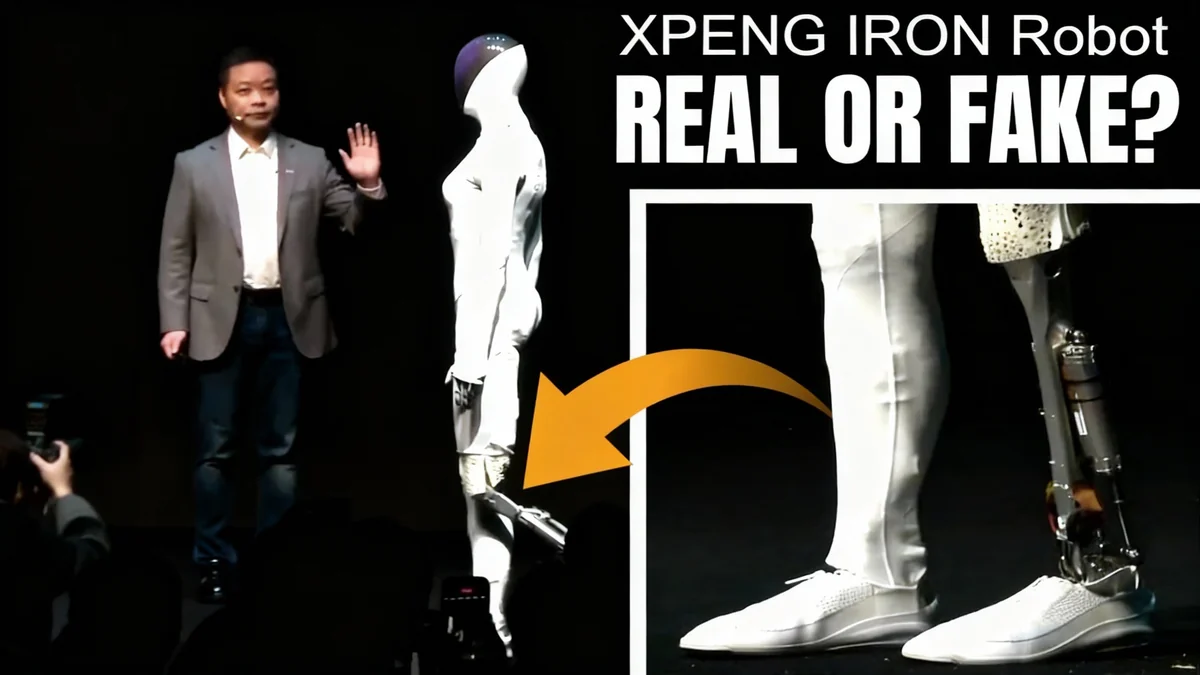Walmart plans to maintain its global workforce of approximately 2.1 million employees for the next three years, even as it integrates artificial intelligence across its operations. CEO Doug McMillon stated that while AI will inevitably change every job, the company's focus is on helping its current employees adapt to new roles rather than implementing mass layoffs.
Key Takeaways
- Walmart will keep its global headcount stable at around 2.1 million for the next three years.
- CEO Doug McMillon says AI will alter job roles, but the company aims to support employees through the transition.
- The company is creating new positions, such as "agent developer," to manage AI tools and automation.
- Walmart's strategy differs from other major firms like Salesforce and Accenture, which have linked AI adoption to recent job cuts.
A Strategy of Stability Amidst Disruption
During a recent workforce conference, Walmart CEO Doug McMillon addressed the impact of artificial intelligence, acknowledging its transformative power. "It’s very clear that AI is going to change literally every job," he remarked, according to reports. Despite this, the retail giant is pursuing a path of workforce stability.
The company has committed to keeping its employee numbers around 2.1 million globally over the next three years. This decision positions Walmart as an outlier among large corporations, many of which are forecasting or implementing workforce reductions due to AI-driven efficiencies.
McMillon emphasized a focus on employee transition and reskilling. "Our goal is to create the opportunity for everybody to make it to the other side," he explained. This approach suggests a long-term strategy of internal development rather than replacement.
A Contrasting Corporate View
Walmart's approach to AI and employment stands in stark contrast to others in the corporate world. In recent months, several high-profile companies have directly attributed layoffs to AI:
- Accenture: CEO Julie Sweet stated that rapid AI adoption led to layoffs in 2025, with more possible for roles where reskilling is not feasible.
- Salesforce: CEO Marc Benioff confirmed the elimination of 4,000 customer support positions due to efficiency gains from AI technology.
- Anthropic: CEO Dario Amodei predicted AI could eliminate nearly half of all entry-level white-collar jobs within five years.
The Changing Composition of Walmart's Workforce
While the total number of employees is expected to remain steady, the nature of their jobs will evolve significantly. Donna Morris, Walmart’s chief people officer, confirmed that the company is actively tracking which job types are increasing, decreasing, or holding steady to guide its training initiatives.
Morris noted that company leaders must do their "homework" to understand the future labor needs. The goal is to proactively prepare the workforce for the new roles that will emerge as others become automated.
Walmart has already begun this transformation. The company has introduced new positions like "agent developer," a role focused on creating AI tools to automate workflows and improve efficiency across different departments. This demonstrates a shift from manual task execution to the management and development of automated systems.
Practical AI Integration in Operations
Walmart's integration of AI is not just theoretical; it is already being applied in customer-facing and logistical operations. The company has developed and deployed chatbots to assist customers, suppliers, and merchants, streamlining communication and support processes.
A significant investment in this area is the partnership with tech company Symbotic. In January, Walmart announced a $520 million agreement for Symbotic to install an AI-powered robotics platform in its stores. This system is designed to accelerate online pickup and delivery services, a critical component of modern retail.
Investment in Automation
The $520 million deal with Symbotic will equip Walmart stores with an advanced AI-robotics system. The primary goal is to improve the speed and accuracy of fulfilling online orders, enhancing customer convenience for both in-store pickup and local delivery.
Despite the heavy investment in robotics and automation, McMillon stressed that human interaction remains central to the company's mission. He affirmed that technology is a tool to serve people better, not replace the human element entirely.
"Until we’re serving humanoid robots and they have the ability to spend money, we’re serving people," McMillon stated. "We are going to put people in front of people."
The Broader Economic Debate on AI and Jobs
The discussion around AI's impact on the labor market is multifaceted. While some executives predict widespread job losses, others, like OpenAI CEO Sam Altman, offer a more optimistic view. Altman suggested last month that future generations will work in "completely new, exciting, super well-paid" jobs that do not yet exist, making current entry-level work seem "boring" by comparison.
A May study from IBM highlights the rapid pace of adoption, with 61% of CEOs surveyed reporting that they are actively implementing AI agents at scale. The same study found that global companies expect their investments in AI to more than double within two years.
Walmart's strategy of maintaining its headcount while transforming job roles places it in a unique position. By focusing on retraining and internal mobility, the retailer is testing a model that could offer a blueprint for other large employers navigating the transition to an AI-integrated economy.





